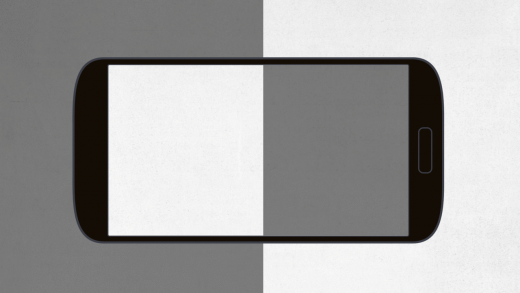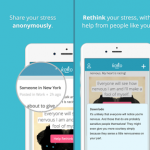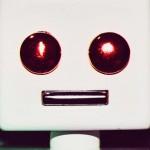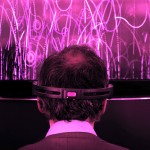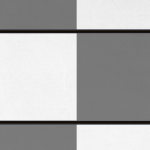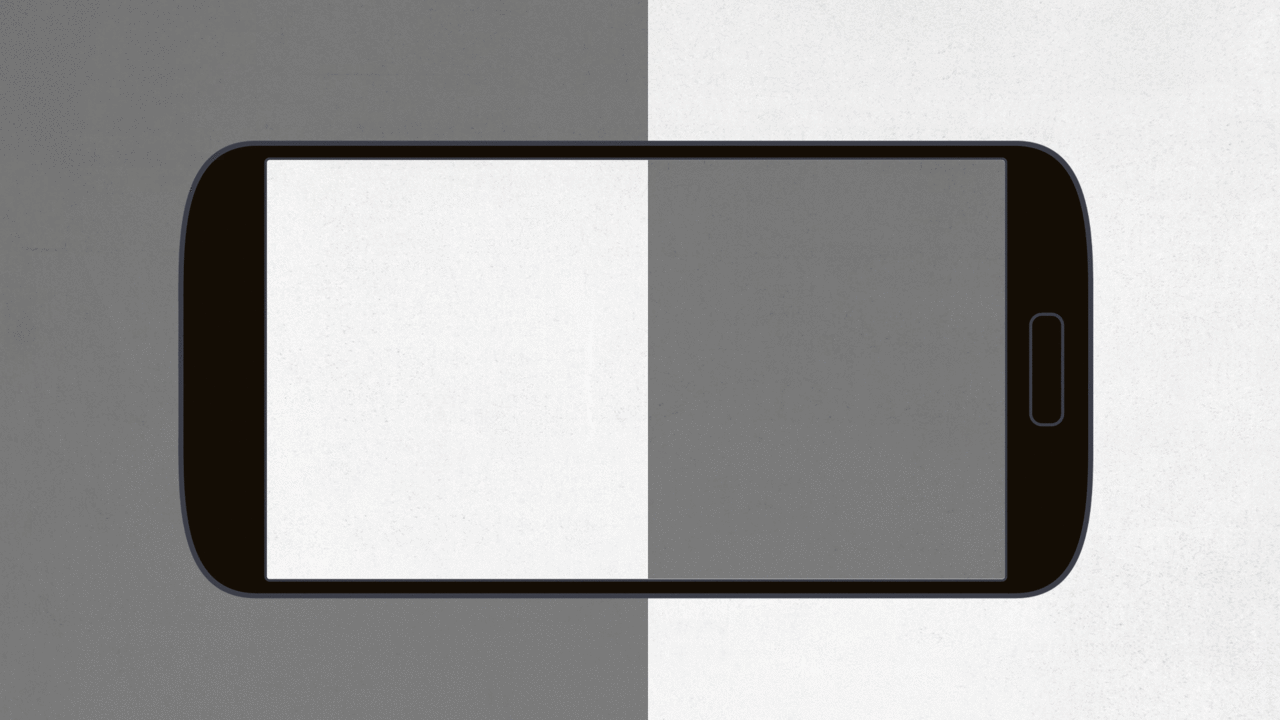How a pc Can look forward to users’ wants (without driving Them loopy)
Yahoo Aviate’s Paul Montoy-Wilson on the future of search and how it is going to grow to be on a regular basis selections.
could 8, 2015
when you walk into a cafe, why doesn’t your phone silence straight away, sensing that you just’ll be enjoying the company of the individuals you’re consuming with slightly than receiving calls? Or while you get up from the desk after two hours, why doesn’t it hail an Uber, realizing that you just desire a trip dwelling?
Why is it that your phone can’t automatically do issues for you in line with your context, however as an alternative you have to hunt via pages and pages of purposes to seek out the app you need, then faucet, swipe, faucet, exit—taking more than one steps throughout the app to ultimately get the related information? Your phone will have to be capable to understand who you’re and be capable of predict what you need in the moment. this is referred to as anticipatory computing, and it’s the way forward for search.
whereas this idea is not new (Marissa Mayer discussed it in 2008), it isn’t pervasive, and it received’t be until anticipatory computing becomes a core component of the majority of systems. Anticipatory computing is reliant on two items: data and person experience.
are expecting the surprising
In lately’s world, the data is on hand. With an increasing number of sensors being built into our cellphone, they have the potential of knowing the place we’ve been, the track we take heed to, upcoming occasions—the record goes on and on. after we pair this data with the entire data that we now store on-line (e.g pictures, paperwork, posts), there is greater than sufficient data to take into account our patterns and to predict our desires.
despite all of this data, the person expertise is still a challenge because it has no longer addressed the unpredictability of human behavior. to raised take into account unpredictable conduct might seem like, let’s return to the restaurant example. in addition to trying your cellphone go on silent while you’re sitting right down to a meal, there are a variety of different things you may want. possibly you want an offer on what to order, wish to take a look at in on Foursquare to let your pals recognize the place you’re, or want to ship your loved ones a photo of the meal.
It’s additionally slightly imaginable that you want to do something utterly unrelated, like reply to email. each action is also more or less probable based on present context, but it’s very difficult to foretell human behavior with a hundred% simple task. So what way comes closest to providing the information we would like just when we need it?
Between Push and Pull
nowadays, computer systems, drugs, and phones provide two primary models to get right of entry to knowledge: pull and push. in the first, the person is pulling information by way of opening an app or touring a site. The pull case occurs when the person knows precisely what they are looking for (e.g to take a look at in at a restaurant) and due to this fact opens an app like
Foursquare to do so.
in the second variation, customers get admission to data thru push notifications. Push notifications are nice for time sensitive knowledge when the provider sending it is aware of with an awfully excessive degree of self belief that the user wants this knowledge. cellphone calls and textual content messages had been the primary to use the frenzy model on phones. This was once a really perfect use-case for the rush model as there may be very excessive likelihood that the person needs to learn about a name or text message in the interim they obtain it.
the problem with the frenzy model is the excessive “person value” for each notification that is despatched, meaning unless there may be with reference to a hundred% certainty that the person desires the ideas at that particular moment, the price of being unsuitable fast outweighs the benefit of being right. Even when there is knowledge that you do need (e.g a tip on what to order), whether it is pushed to you on the incorrect time, like if you are in the middle of a conversation, the push adaptation breaks down. at present over 60% of users are opting out of push notifications, which signifies that users aren’t satisfied with the current device.
An anticipatory computing machine wouldn’t stay up for the person to open Foursquare at a cafe, because it knows by the time that happens it’s too late—you already ordered ahead of you had an opportunity to see an awesome suggestion from the key menu that Foursquare published. We consider that success on the earth of anticipatory computing lives between the pull and push fashions.
research, Predict, counsel
We need to build the following generation of systems that can better enhance this world of probabilistic predictions. a number of exist already. The Nest thermostat is a superb example of a gadget with anticipatory computing critical to its design. It is familiar with your own home’s temperature patterns and typical habits—while you go to work, whilst you come house—and your current context (i.e. where you reside) to make a prediction on the best temperature.
Nest does no longer rely on the push and pull variation with its fully new consumer expertise. particularly, it does now not require that you pull knowledge from it (e.g stroll up to the thermostat and see the prediction it makes), and it also does no longer power you to have interaction with it with an interruption (push model). The ambient temperature lives between the rush and pull models, and when you feel too scorching or cold, there’s a simple interface to make use of to right the machine in instances where Nest provided the wrong prediction. the advantages of Nest being proper a ways outweigh the cost of adjusting the gadget when it’s flawed.
just a few applications have replaced core gadget elements, helping techniques designed with anticipatory computing. Swiftkey, a predictive keyboard, is one example. Switfkey lives between the sector of push and pull because it routinely opens every time you open the keyboard and does now not want to ship you push notifications. each time you utilize Swiftkey, it leverages your historic communications to foretell what you’re going to sort given your current phrase and keystrokes. It surfaces the best guess prediction in an unobtrusive manner however lets in the user to simply right the suggestion.
there’s no situation Like Your Homescreen
With telephone apps, it’s about surfacing the best app at the right time after which going deeper, pulling up contextually relevant information. the best position so to ship that data is the homescreen, which lives between the notification system (push) and customers opening an application (pull). We touch the homescreen between a hundred and one hundred fifty times a day, offering the chance to predict what users wish to do subsequent with out interrupting them with a push notification. At Aviate, we’re bringing a device designed with anticipatory computing at its core to the homescreen of an Android telephone, and then the usage of it to handle the unpredictability of human habits. The intention is to connect users with the fitting information each time they engage with their telephones
the next technology of methods can be built with anticipatory computing on the heart of their designs, changing the way we get entry to data. simply imagine finding what you wish to recognize without typing. you can by no means search the identical approach once more.
[Animation: Daniel Salo]
(144)

